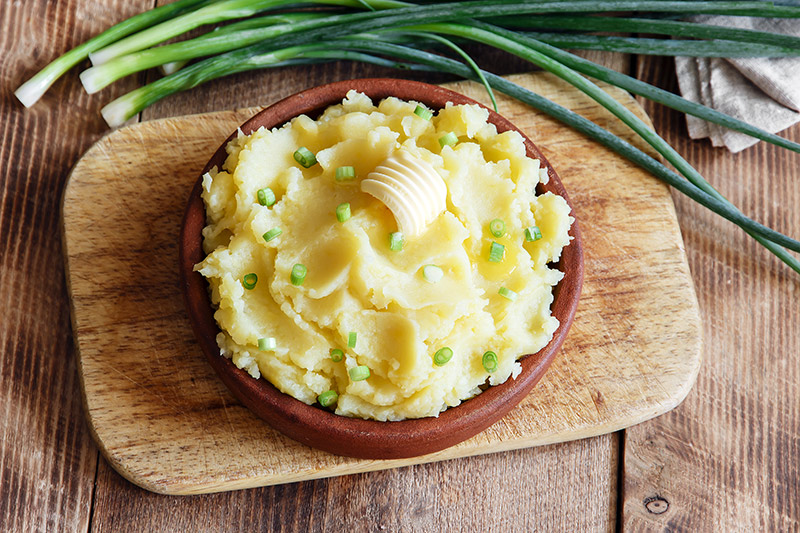Brigham and Women’s Hospital, December 7, 2018
A new study by investigators from Brigham and Women’s Hospital, Harvard Medical School, and the Harvard T.H. Chan School of Public Health offers insights from a cohort study of women in the US who reported consuming a Mediterranean-type diet.
Researchers found a 25 percent reduction in the risk of cardiovascular disease among study participants who consumed a diet rich in plants and olive oil and low in meats and sweets. The team also explored why and how a Mediterranean diet might mitigate risk of heart disease and stroke by examining a panel of 40 biomarkers, representing new and established biological contributors to heart disease. The team’s results are published in JAMA Network Open.
“Our study has a strong public health message that modest changes in known cardiovascular disease risk factors, particularly those relating to inflammation, glucose metabolism, and insulin resistance, contribute to the long-term benefit of a Mediterranean diet on cardiovascular disease risk,” said lead author Shafqat Ahmad, PhD, a research fellow at the Brigham and at the Harvard Chan School.
The current research draws on data from more than 25,000 female health professionals who participated in the Women’s Health Study. Participants completed food intake questionnaires about diet, provided blood samples for measuring the biomarkers, and were followed for up to 12 years. The primary outcomes analyzed in the study were incidences of cardiovascular disease, defined as first events of heart attack, stroke, coronary arterial revascularization, and cardiovascular death.
The team categorized study participants as having a low, middle, or upper Mediterranean diet intake. They found that 428 (4.2 percent) of the women in the low group experienced a cardiovascular event, compared to 356 (3.8 percent) in the middle group, and 246 (3.8 percent) in the upper group, representing a relative risk reduction of 23 percent and 28 percent, respectively, a benefit that is similar in magnitude to statins or other preventive medications.
The team saw changes in signals of inflammation (accounting for 29 percent of the cardiovascular disease risk reduction), glucose metabolism and insulin resistance (27.9 percent), and body mass index (27.3 percent).
“While prior studies have shown benefit for the Mediterranean diet on reducing cardiovascular events and improving cardiovascular risk factors, it has been a ‘black box,’ regarding the extent to which improvements in known and novel risk factors contribute to these effects,” said corresponding author Samia Mora, MD, MHS, a cardiovascular medicine specialist at the Brigham and Harvard Medical School. “In this large study, we found that modest differences in biomarkers contributed in a multifactorial way to this cardiovascular benefit that was seen over the long term.”
Reference: Ahmad S, Moorthy MV, Demler OV, et al. Assessment of risk factors and biomarkers associated with risk of cardiovascular disease among women consuming a Mediterranean diet. JAMA Netw Open. 2018;1(8):e185708.



